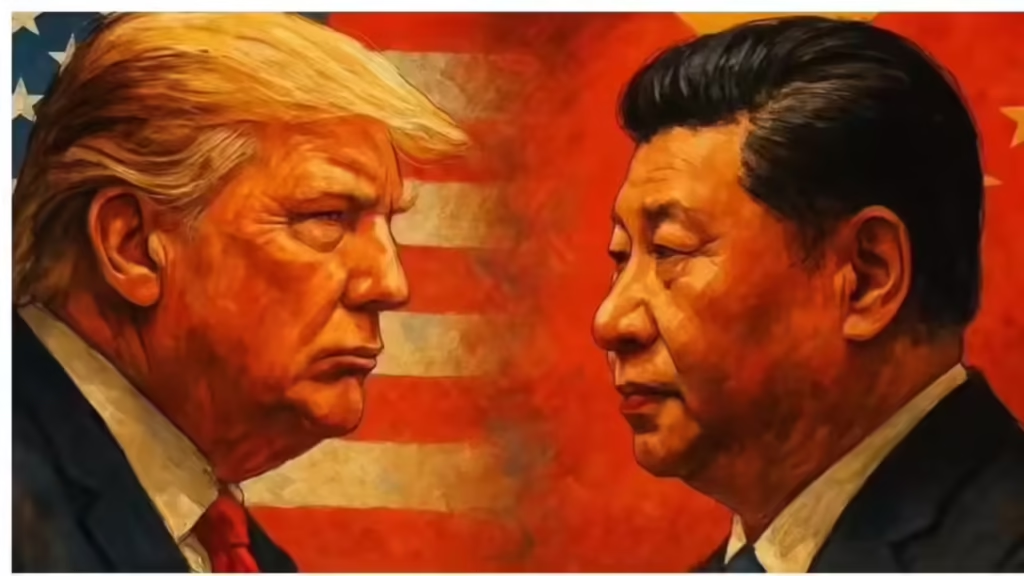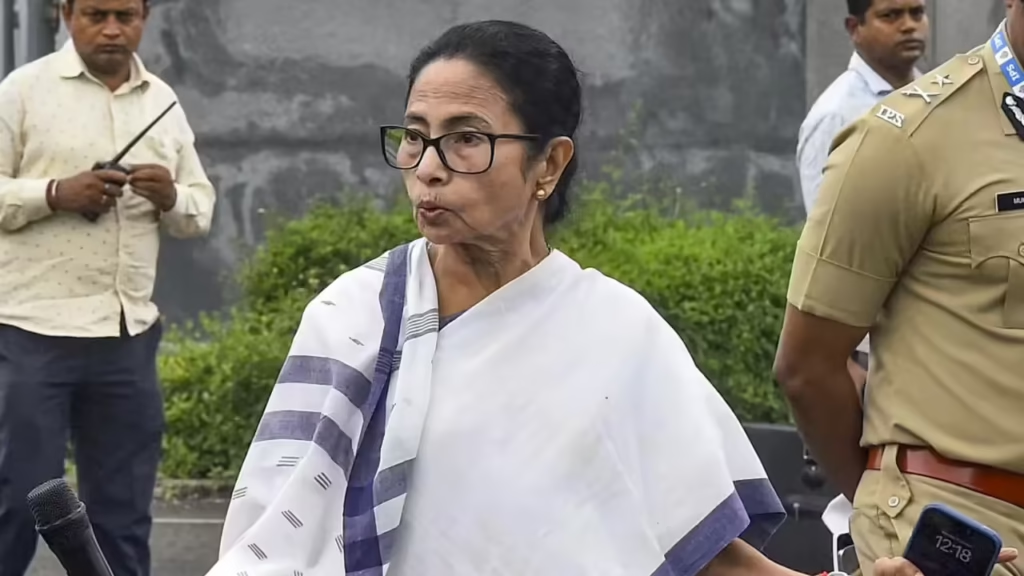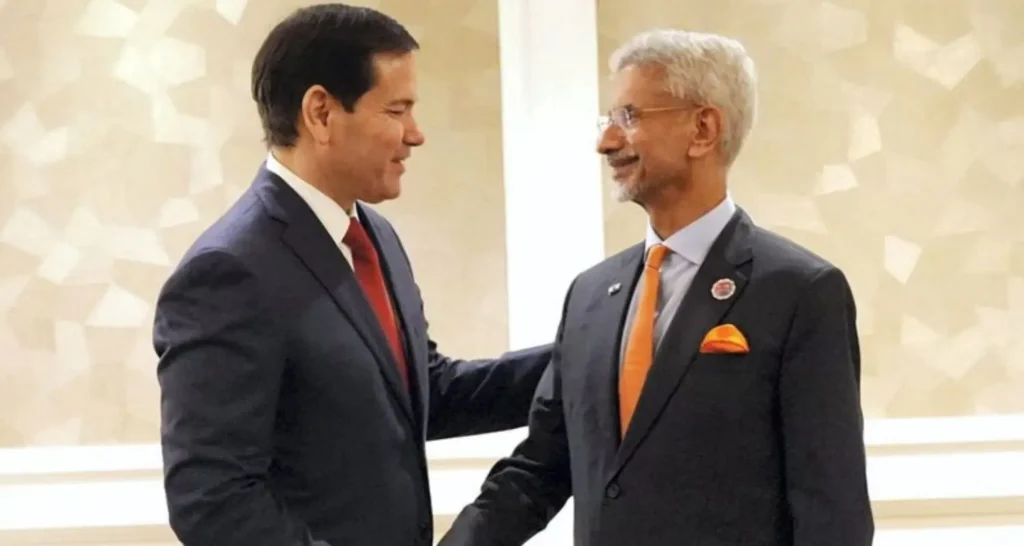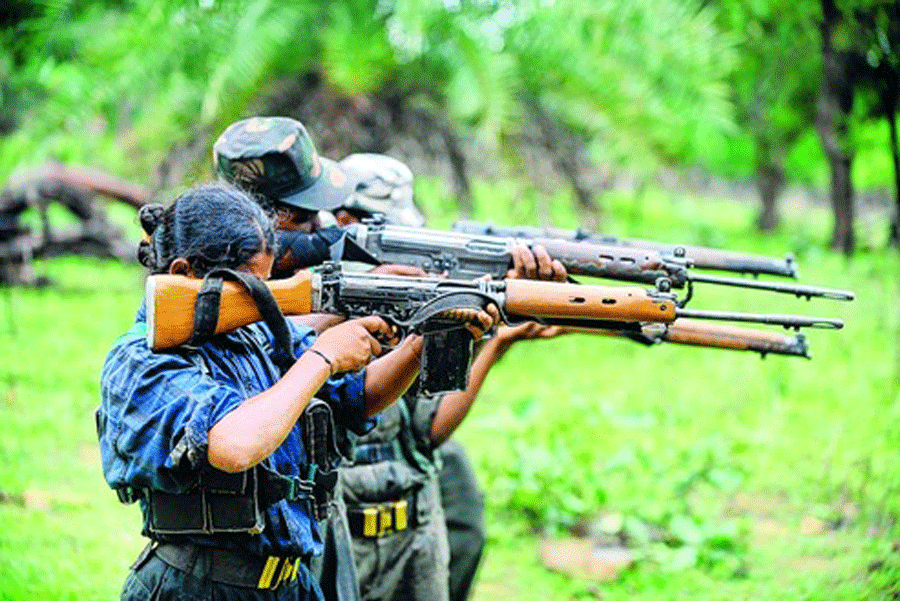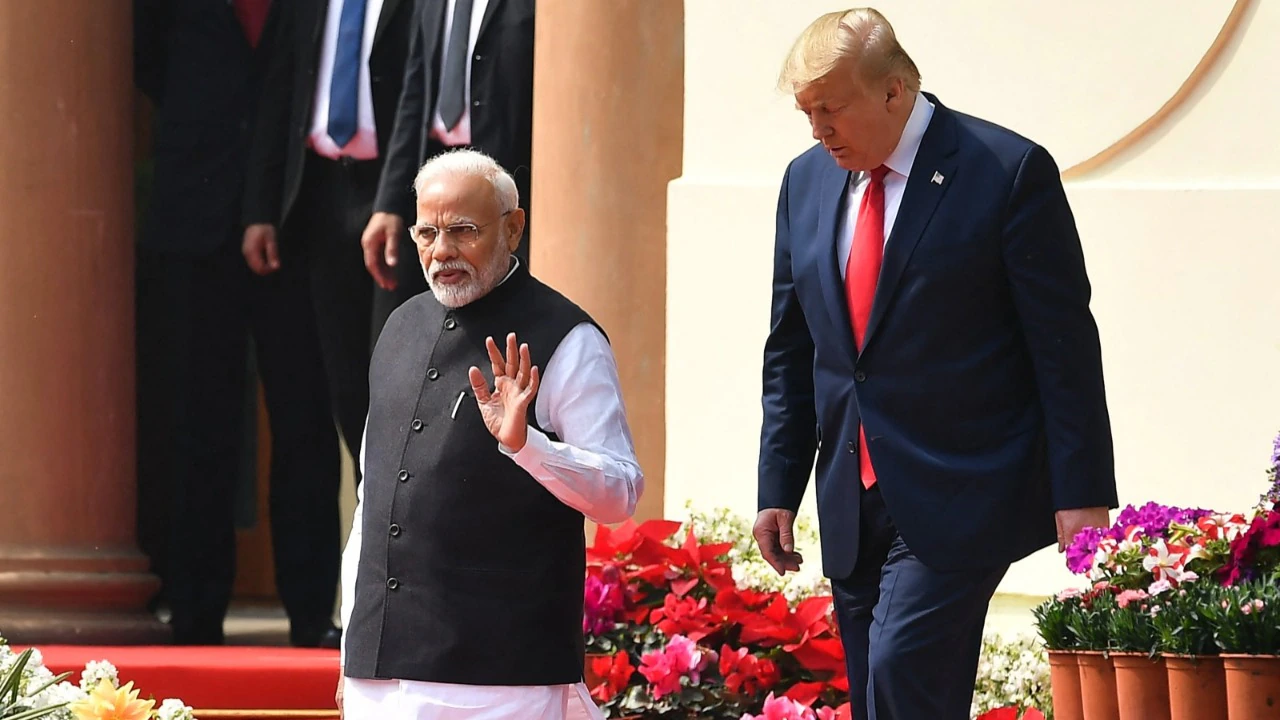Now Reading: India Steps Up Anti-Drug Campaign: Amit Shah Pushes for PM’s Vision of a Drug-Free Nation
-
01
India Steps Up Anti-Drug Campaign: Amit Shah Pushes for PM’s Vision of a Drug-Free Nation
India Steps Up Anti-Drug Campaign: Amit Shah Pushes for PM’s Vision of a Drug-Free Nation
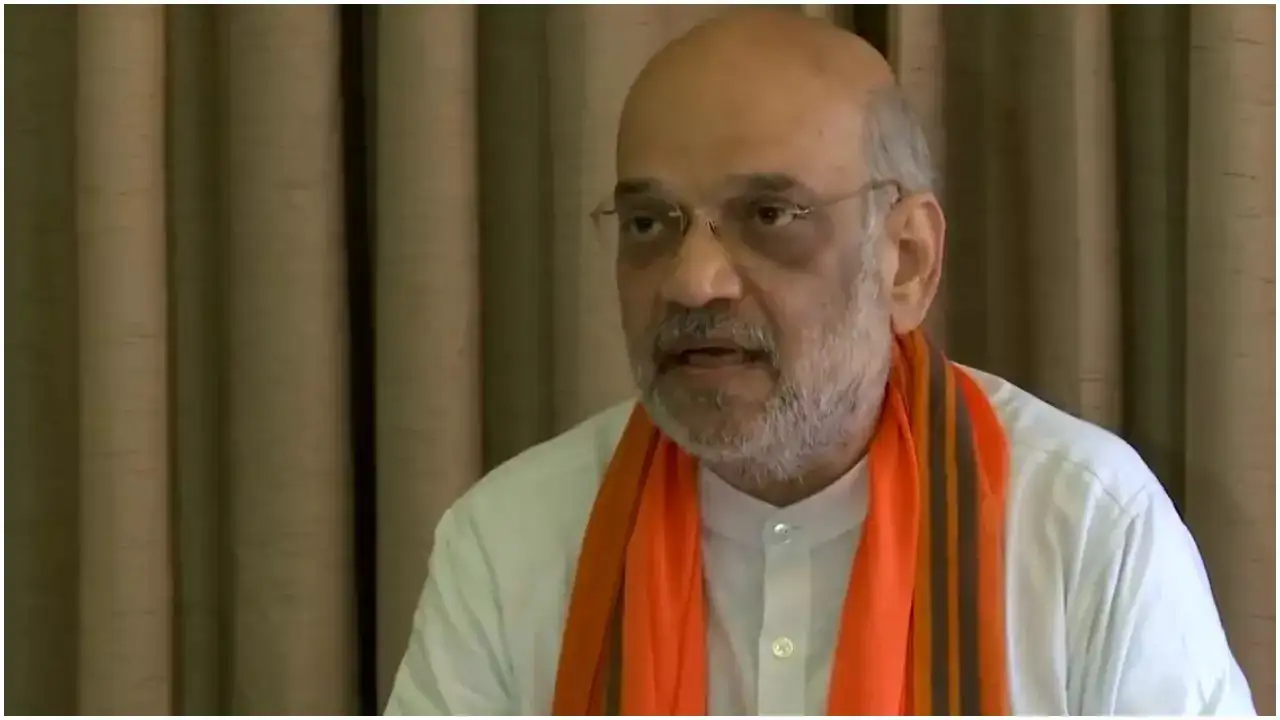
Union Home Minister Amit Shah has called for a renewed crackdown on narcotic networks as part of Prime Minister Modi’s goal for a drug-free India. The push includes more aggressive enforcement, dismantling of smuggling rings, and a major disposal drive for seized drugs. In smaller towns and Tier-2 cities, this move could reshape law enforcement practices, affect local dealers, and shift public awareness about drug abuse and its dangers.
Renewed Government Push
The government is intensifying efforts at every level—from international borders to local distribution networks. Amit Shah has asked agencies to identify cartel leaders, strengthen surveillance at entry points, and tighten local supply chains. A nationwide drug disposal campaign has already destroyed over 1.37 lakh kilograms of narcotics, valued in thousands of crores.
The Narcotics Control Bureau has launched the 2nd National Conference of Anti-Narcotics Task Force leaders from the states and union territories. Topics include supply reduction, demand reduction, and harm mitigation, showing recognition that law enforcement alone is not enough.
What Changes Could Reach Smaller Cities
In Tier-2 and Tier-3 cities, change may come in the form of increased raids and better coordination among local police, customs, and health departments. Clubs, lounges, small transport kiosks or shops suspected of distribution may face more scrutiny.
De-addiction and awareness programmes are likely to see a boost. Local health centres, schools, and NGOs may receive more support to educate youth about the effects of narcotics. These programmes will be essential in areas where formal counselling or awareness infrastructure is limited.
Challenges and Concerns
Smuggling networks are sophisticated, using remote routes, technology, and corruption. Dismantling them fully will take resources and constant vigilance.
Another challenge is ensuring that harsh enforcement does not unfairly target casual users or small-time offenders without support for rehabilitation. Over-emphasis on punitive action may backfire if systems for treatment and counselling remain weak, especially in smaller towns.
The Role of Community & Youth
Citizens and especially youth are increasingly seen as crucial in reporting, resisting peer pressure, and supporting awareness drives. With social media and regional communities, people in smaller cities have more power to spotlight local drug abuse and push for clean-up.
Local leaders, schools, and parents will need to play a stronger role so that the message of drug free India reaches beyond big cities. Community involvement will help bridge the gap between policy and reality.
Conclusion
With the intensified drive, India is trying to move from vision to action regarding narcotics control. Strong enforcement, drug disposal, and awareness campaigns show that the government is serious. For Tier-2 and Tier-3 cities, this could mean stricter oversight, more educational efforts, and perhaps fewer roadblocks to accessing help. Ultimately, success will depend not only on cracking down on dealers but also on supporting people and communities toward healthier choices.








